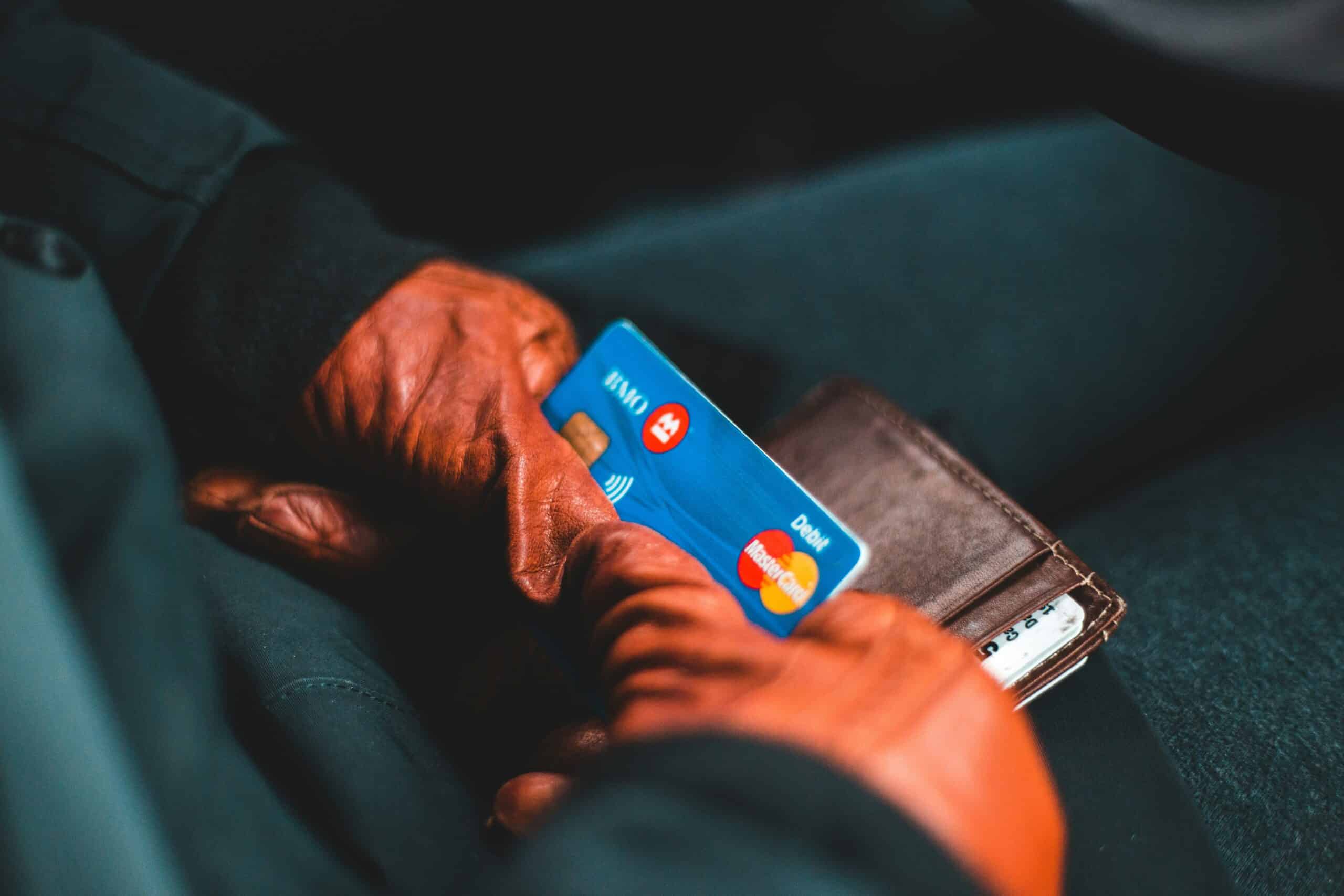Anúncios
If you’ve been wrestling with poor credit, unsecured credit cards for bad credit can serve as a convenient way to start rebuilding your financial future. These cards don’t require a security deposit, which means you can avoid tying up money as collateral. Ready to see if they’re a good fit for you? Let’s walk through the basics and help you understand the ins and outs before you apply.
What makes these cards unsecured?
An unsecured credit card simply means there’s no up-front deposit to guarantee your credit line. According to Capital One, lenders look at your credit history, income, and overall ability to pay before deciding on your credit limit and interest rate. In contrast, secured cards require a security deposit that typically matches your credit limit. If you’re short on extra funds or prefer not to lock them away, unsecured cards can feel like a welcome alternative.
That said, be prepared to show some creditworthiness. If your credit score is in rough shape, you might still qualify for an unsecured card, but the terms might be less favorable. Higher interest rates or annual fees can be common among these offers. The good news? Managing your card responsibly can help you prove you’re reliable, often paving the way to bigger limits and better rates down the road.
Key perks to look for
When you’re choosing an unsecured card, you want to find options that won’t hold you back with hidden catches. Keep an eye out for:
- Minimal fees. Some unsecured cards for bad credit may carry annual or monthly fees. Read the fine print before you sign up.
- Reasonable interest rates. Even if your starting APR is high now, paying in full each month can help you avoid interest altogether.
- Rewards or cash back. Cards like the Credit One Bank® Platinum Visa® for Rebuilding Credit offer 1% cash back on eligible gas, groceries, and more (CNBC).
- Reports to major credit bureaus. Make sure the issuer reports payment activity to all three credit bureaus so your on-time payments can boost your credit score.
Below is a quick table comparing a couple of popular unsecured options mentioned in different reviews:
| Card name | Annual fee | Rewards and features |
|---|---|---|
| Credit One Bank® Platinum Visa® for Rebuilding Credit | $75 first year, $99 annually after | 1% cash back on eligible gas, groceries, and phone services |
| Petal® 2 “Cash Back, No Fees” Visa® Credit Card | $0 | 1% cash back at first, up to 1.5% after 12 on-time payments |
(CNBC)
You might notice fees are lower with a card like Petal® 2, but you’ll need at least fair credit to qualify. Meanwhile, the Credit One Bank® option may accept applicants with lower scores, but the annual fee could be higher. Either way, it’s crucial to weigh how each card’s fees and perks align with your budget and goals.
Secured cards as a stepping stone
Sometimes, even unsecured credit cards are out of reach when your credit score is especially low. If that’s your situation, you might consider credit cards for bad credit that include secured options. A secured card requires a refundable deposit, often as low as $200, which sets your credit limit. After several months of on-time payments, you may be able to transition to an unsecured card and get your deposit back. According to Bankrate, some of the best secured cards also provide rewards and no annual fees, so you don’t have to give up your chance to earn cash back.
Tips to build credit responsibly
Choosing the right card is only half the battle. To turn your finances around, good habits matter just as much:
- Pay on time. Late payments can severely damage your credit score, so set up reminders or autopay if possible.
- Keep your balance low. Aim to use less than 30% of your credit limit. A lower utilization ratio can boost your score.
- Limit new credit applications. Multiple inquiries in a short period might raise red flags to lenders.
- Track your progress. Cards that offer free FICO score checks can help you see how your credit improves month by month.
For more card ideas while you grow your score, you can explore credit cards for poor credit or credit cards for low credit. Each of these resources highlights potential cards and best practices for rebuilding credit.
Final thoughts
Unsecured credit cards for bad credit can feel like a breath of fresh air if you’re ready to rebuild your financial life without tying up a deposit. Of course, you’ll need to stay watchful for high fees or interest rates. If you don’t yet qualify or want to practice safer spending, secured credit cards might be a smart first step. Over time, consistent payments and sensible usage help you earn better offers, fewer fees, and higher limits.
You’ve got this. Keep your eyes on the prize, make your payments on time, and watch your credit score climb. Then, when you’re ready for bigger opportunities, your new credit habits will pay off in a major way.








